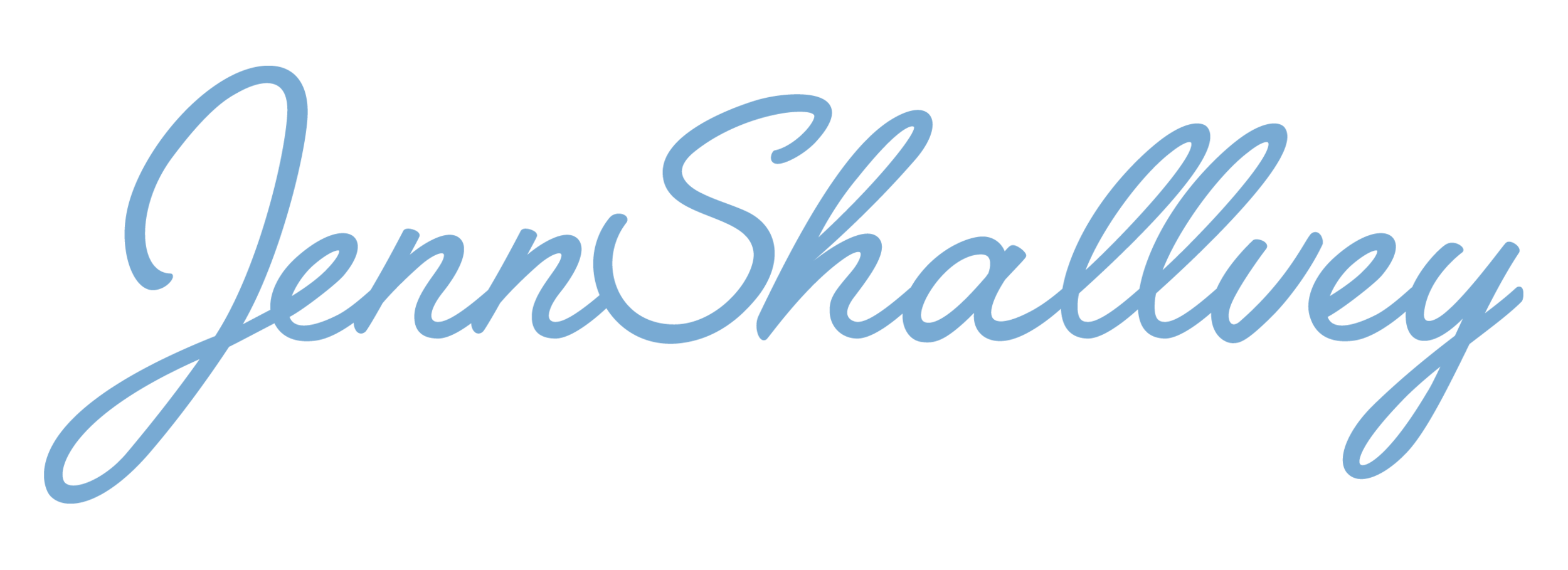Being the authentic you
The key to being authentic is to know your self.
To know your self you have to make time to be in relationship with your self.
Being authentic implies a lot. Firstly it implies a sense of presence. You need to be present to be. Then there is an element of uniqueness to it. Who else can be you but you? What makes you, you?
Ultimately being authentic is an active evolving process, not a static destination you attain.
So in the spirit of working with you on the journey to your true self I am writing a few posts on authenticity. This one starts with some framing and context from which I will share with you some more specific and practical ways to develop. Photo © Jenn Shallvey
Photo © Jenn Shallvey
Holistic
Authenticity is a product of and expression of our WHOLE self, not just one part of us. Being whole, complete and our fully expressed self means exploring from a holistic perspective. This may be challenging for some as it is easy to stay in the space that is comfortable and ignore other aspects of ourselves. It takes courage and commitment to go beyond your head, learn by doing and experience, release emotions and delve into the soulful, spiritual depths of your real self.
So to start the process it is helpful to view authenticity in terms of four aspects:
- Mental (thoughts, mind, in your head)
- Physical (senses, actions, experiencing the physical body)
- Emotional (Feelings, opening the heart)
- Spiritual (Passions, soul, connecting with your spirit)
These aspects are common to many personal development paths. The holistic approach to authenticity has us look at both the individual parts of our self and the interdependency between all. Yet ultimately the journey is through each aspect to our true self.
It is important to seek the source of your authentic self in all areas, digging deeper in each to find balance so that you have personal power and influence from within.
Inside/outside
We then look at each of these four aspects in terms of internal vs external – ie what you keep inside versus express to others. This dimension is not as cut and dry as it seems. What we consciously make external is often conditional and related to the environment and context. What we keep internal may also be related to habit, fear or societal restraint.
There are many forces that affect how we choose to express or not. Each of these forces will have different levels of impact on people. Just as we all have different risk profiles and comfort zones we also have different levels of expression of our authentic selves. This view is more than being an introvert or extrovert or shy vs social. This is about how we develop congruency with who we are in situations so that we have balance, peace and comfort with our own self.
For example, consider a person unhappy in their job. Their efforts, body language and work productivity may give away their lack of interest, frustration and commitment. But to actually verbally share the thoughts and feelings about why this person is in this state could be too risky or vulnerable if the person triggering such response is the person’s boss. Yet the same person might have no issue sharing their woes with a colleague over a cup of coffee. Not an uncommon situation right?
Yet if the person were more comfortable and aware of their self then as soon as the job started to not work for them this same person could express the concerns in a constructive internally consistent manner with their boss. The outcome of the latter is less internal stress, tension and frustration. The person also avoids dragging their colleague into the triangle cover up of the truth.
I think of the inside outside dimension much like you were to imagine a person doing one thing but saying or thinking another. You know those cartoons where the guy is shaking hands with a mate, smiling and looking happy but over his head is a bubble quote showing him thinking negative thoughts.
What’s your consistency gap?
Above we have aspects of our self that we can look at individually and together. We also have a dimension of expression. So putting these elements together we get the following approach for our self-reflection on authenticity. In this approach the key area of focus is what I call the “consistency gap”.

This diagram is not a form filling exercise. Instead it is a prompt for you to play with what you notice and observe. You can equally ask others for feedback and input, mindful of asking people who can be constructive, helpful and supportive. Each intersection of information is a place to reflect and write down what you notice. There are no expectations about what goes in each section. The aim instead is to enable you to identify what you hold back on expressing in your self.
Why do this? Well when there is a lack of consistency then we potentially create internal conflict, stress, relationship issues etc. We may think one thing and then say another. Or we may take one action yet inside feel sick to our stomach.
When consistent then we are in flow. For example we may feel sad on the inside and then let the tears flow or share with someone our feeling and let them know. We might develop a spiritual practice that matches our beliefs and supports us.
Gaps in consistency?
Where there are gaps in consistency you can explore further to see whether you are ok with the gap or not. It is ok to be in a gap. Gaps are just timing differences on the journey. The degree to which you work on closing the gaps will relate to 1) your aspiration, personal vision, 2) current capacity and 3) readiness for change. Then it’s ultimately up to you to decide how much you do or don’t do to close the gap. You manage your choice in expression.
Each area is a journey in itself. What you fill in right now I guarantee will not be the same in one year from now. Events, experiences, and other factors change how we respond. In fact the act of enquiry itself will shift some of the gap. The challenge with authenticity is how to maintain consistency as we grow and change. The journey is also about learning how to deal with the vulnerabilities and changes that occur with courage and commitment.
What to do…
The key questions to ask your self at all times then are:
Am I being consistent in this aspect? Yes/no.
If yes, then I can see that how I am and what I do match.
If no, then am I ok with this gap at this time? Yes/no.
If yes, then I am aware that I am sitting with and being with this gap.
If no, then what do I need to do to shift this situation so that I am ok?
So for now play with the concepts, start reflecting, dialoguing with self/others and journaling. The effort and act of focusing on your self will already start you on the path to greater self-awareness and authenticity.
I welcome your reflections and insights.
Warmly,
Jenn
